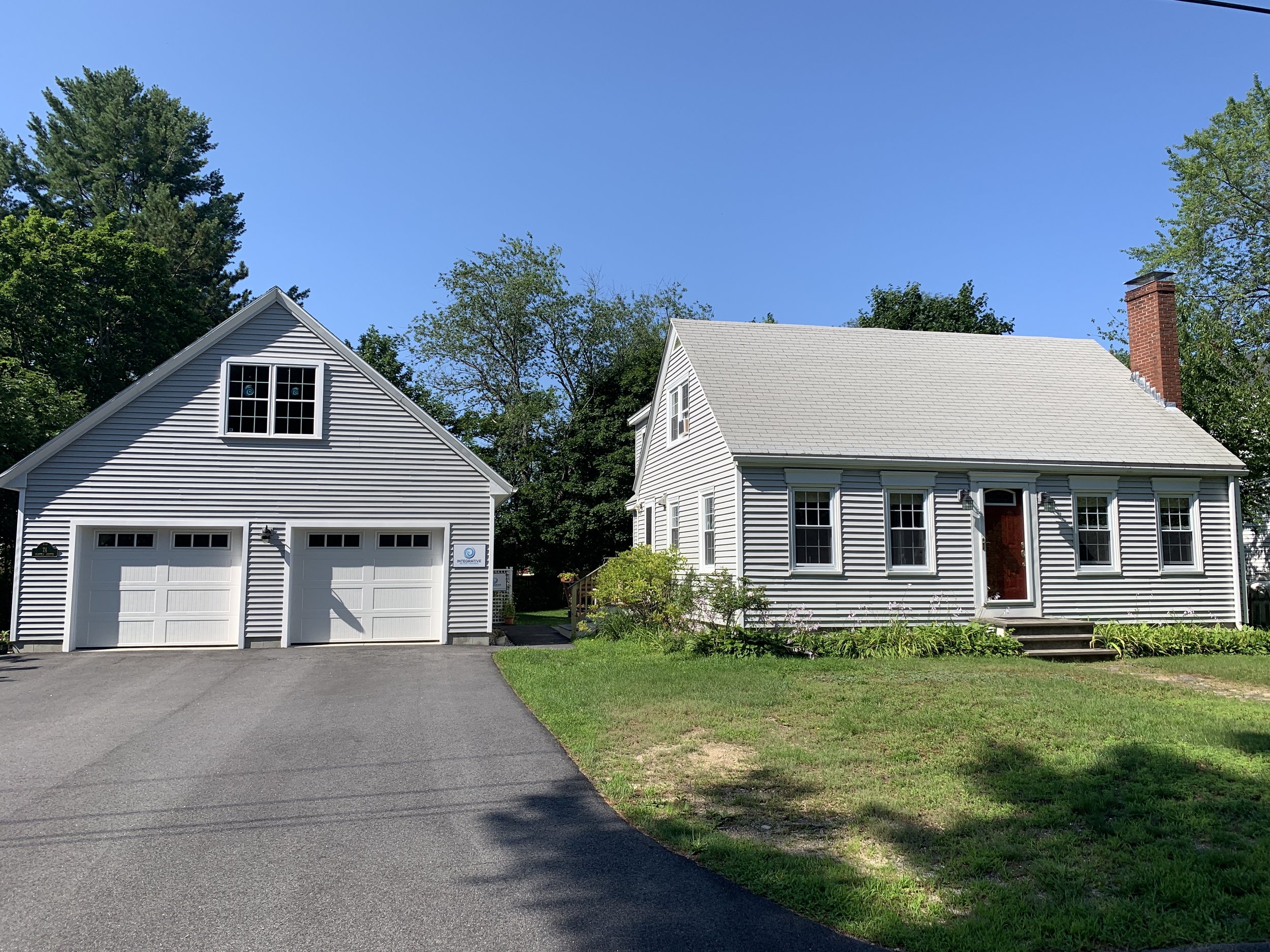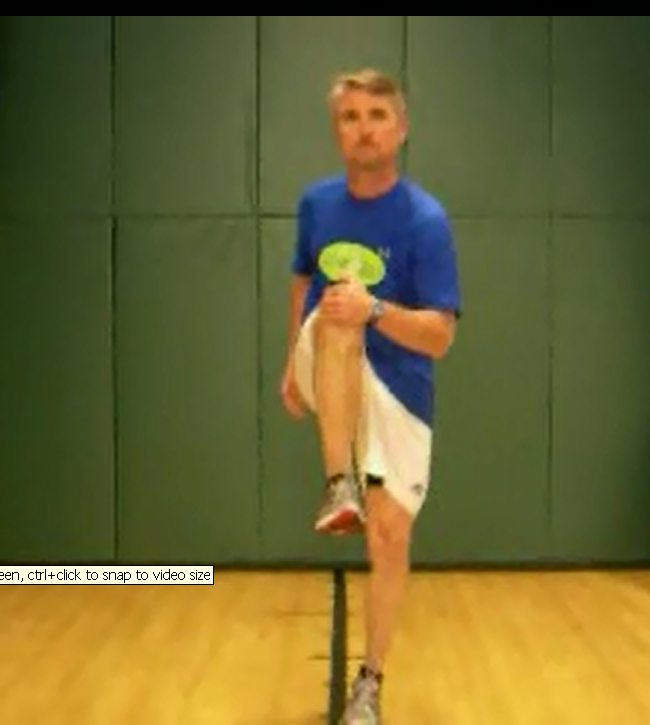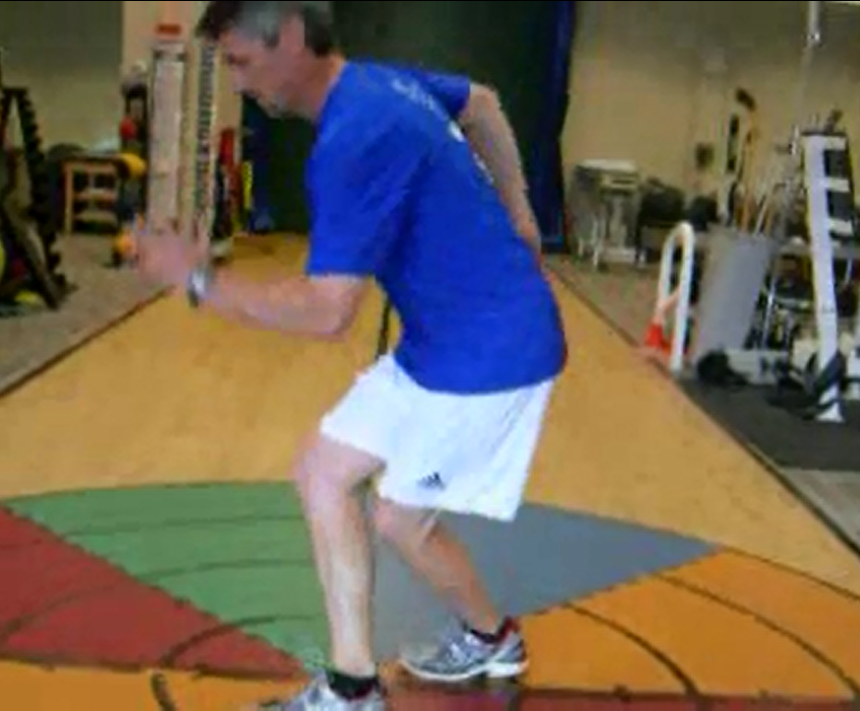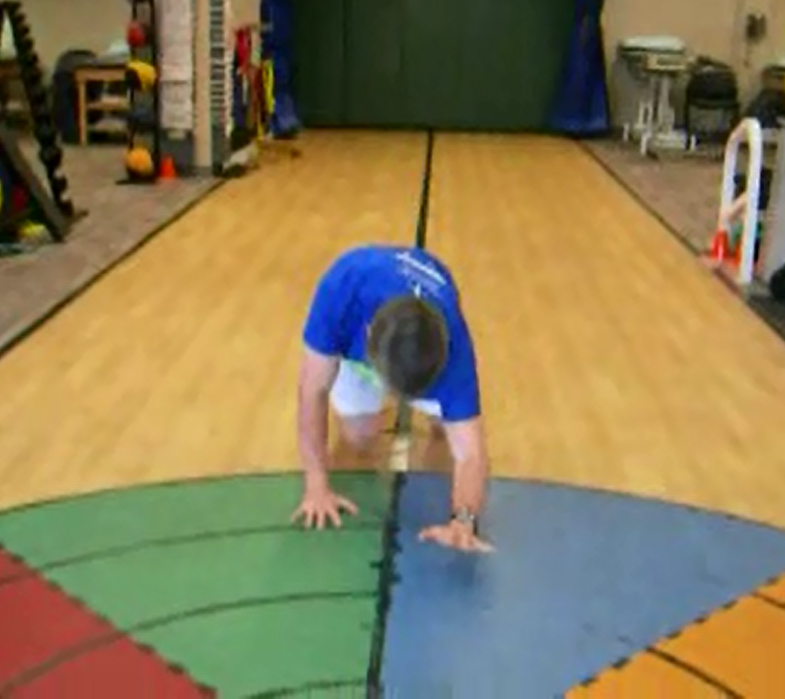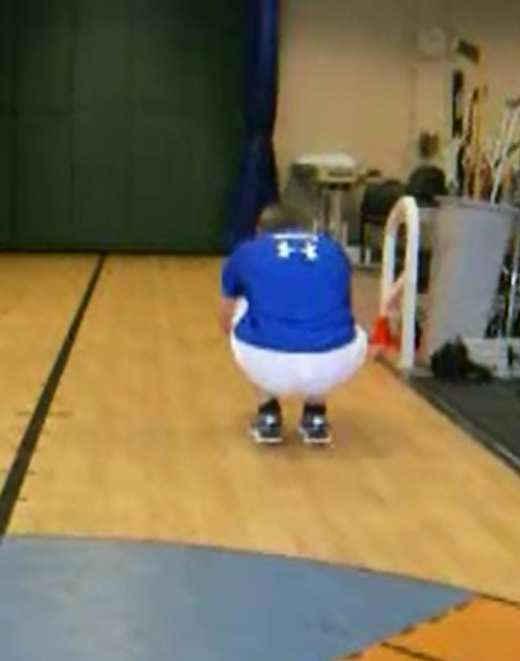PRI-Based Dynamic Warm-up Routine: The “How” To Explain The “What”
Michael J. Mullin, ATC, PTA, PRC
The following video is something I put together as a dynamic warm-up routine that has a particular emphasis on moving into corrective activities and positions based on principles of the Postural Restoration Institute® (PRI). I have received some inquiries about it and what I am trying to accomplish with some of the movements so I wanted to put together what each of the sequences are doing and what the particular emphasis is. The video demonstrates the “what”, this post explains the “how” and the courses explain the “why”. It should be recognized that this is something that will really only be best for those who have their clients already performing PRI-based intervention strategies and understand and are able to get their systems neutral. It could be used as a way to help get many of your clients neutral before training if they are already able to reposition themselves with their home program and/or positional considerations during the day. It also goes into the other important factors needed to help solidify corrective patterning: centering, grounding, alternating and reciprocal, and proprioceptive integration.
Activities similar to this and many others will be covered much more extensively in the new affiliate course “PRI Integration for Fitness & Movement” which launches this October and is being taught by Julie Blandin, PT, ATC, CSCS and James Anderson, PT. Information on that course and registration can be found here.
Breathing can be cued and timed as well for certain phases of these activities. For example, one exhalation while going down and back up with the Lunge Walk Elbow To Opposite Knee and inhale when they are up. Or one exhale while performing one complete left and right “step” with crawling while pausing to inhale before repeating. Once good respiratory breathing patterns have been established with people, just making sure they are taking regular full inhalation and fuller (not complete) exhalations would also work well.
[youtube=http://youtu.be/IMSVyXii-zc]
- Squat Breath Holds
- Hands on insides of knees resisting bilateral adduction and IR with some weight through the elbows on the knees for obliques and low traps.
- Feet flat, weight through heels (L>R), feel the right arch, knees bent forward, head comfortably positioned.
- Hold for 4-5 full breaths, emphasizing a full exhalation and full inhalation with a rounded back for posterior thoracic expansion and pelvic floor/abdominal integration.
- Squat Breath Holds With PRI-Bias
- Same set-up position as above and same areas of reference for load and weight distribution.
- Left hand moved to outside of right knee and right hand stays on inside of left knee.
- Incorporate left posterior hip shift (L AFIR) with right trunk rotation, which could be supplemented with right cervical sidebend (i.e. neutral CS in relation to corrective stance).
- Right hand resists left femoral adduction/IR while left hand resists right femoral abduction/ER.
- Do not allow right foot to roll into inversion/oversupinate.
- More weight should be encouraged onto the left elbow to facilitate more left obliques and right hand to kick in triceps, serratus and low traps.
- Opposite Knee Grab Walk
- For reciprocal and alternating activity (“cross/crawl” sequencing).
- Emphasis on flat foot with stance leg, pushing through posterior hips with smooth transition when moving from one leg to the other.
- There are variations of this that can be performed (i.e. both hands grab knee, elbow to opposite knee, etc.).
- This is not a warm-up for speed work where the person goes up onto toes—and subsequent extension—as they push off the back leg.
- This can be added if desired while making sure the athlete does not lean back when going up onto toes.
- For reciprocal and alternating activity (“cross/crawl” sequencing).
- Lunge Walk With Elbow To Opposite Knee
- Emphasizing left posterior hip shift when left leg forward and right trunk rotation with right leg forward.
- Goal is to have elbow touch the opposite knee at the same time as the back knee barely touches the ground.
- Walking Carioca Step-Overs
- Right leg forward of left to emphasis left posterior hip shifting (while moving into L AFIR/L FAIR)
- Left arm follows the right leg, bringing the upper body into right trunk rotation.
- The video demonstrates me getting the arms out of sync as I move back towards the right.
- Super Slow Crawl
- aka: the “Super Easy To Do Wrong” exercise
- Make sure the hand and knee/toes on opposite sides touch at the same time.
- Going slow and not touching down until gravity and forward momentum brings the hand and knee to the ground.
- The pelvis and torso (acetabulum[A] and glenoid fossa[G]) of the weight bearing alternate sides are behind their requisite long bones (femur[F] and humerus[H]) as the opposite side hand and knee leaves the ground and the body moves forward.
- Each cycle of the crawling is moving the A and G over their F and H.
- They should not be stopping short with each movement by not going past the hand and knee on the ground.
- It could be considered “step through” vs. “step to” crawling similar to gait activity.
- Super Slow Crawl With Left Turn
- Turning 180 degrees towards the left while crawling to further ingrain left acetabulo-femoral activity, left thoracic abduction (sidebend) and right intercostal expansion.
- Pausing with right knee back and right hand forward for a full breath to help create more right expansion.
- Bear Crawl
- aka: the “Many People Do Wrong” exercise.
- They should feel like their hips are down enough so that each “step” makes them have to take the full weight of the body on their hand and toes.
- Same principles as with the Super Slow Crawl:
- Hand and opposite foot touch ground at the same time.
- Moving forward until gravity makes the hand/foot go to the ground—no stopping short.
- The A and G should start behind their F and H and move over them with each step.
- Deep Squat Hold
- Could be held for a few breaths for good expansion of the thorax as well as encouraging good mobility into tissues and joints.
- Retro Walking
- Each step when stepping back should:
- Get the back foot flat, weight back onto that heel.
- Body weight should be shifted back onto that side before lifting the opposite side.
- To encourage good thoraco-abdominal balance and activity.
- Ipsilateral arm should reach back to match the back leg.
- To encourage good trunk rotation and lower trap activity.
- Each step when stepping back should:
Now they are ready for some activity! Having used this or some combination of this sequence a number of times, it does a great job of: encouraging and maintaining neutrality, getting tri-planar movement, optimizing balanced muscle activity, keeping quality air movement, prep and integrate total body muscle activity. Parts or all of it can also be used mid-session as a “reset” or way to keep the system from getting too pulled out of position into the dominant pattern. While it is a bit unrealistic to expect people to be able to maintain neutrality all the time during a workout, and there is some debate about if it is best to even try as higher level activity and performance are being trained, what this type of a routine does is that it encourages activity which will help to counter the pull of Left Anterior Interior Chain (L AIC) pattern, allowing the system to work in a more balanced position.
